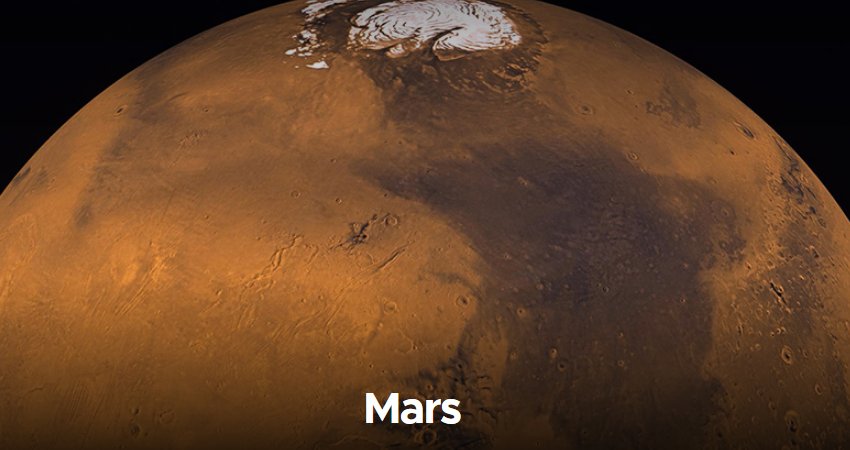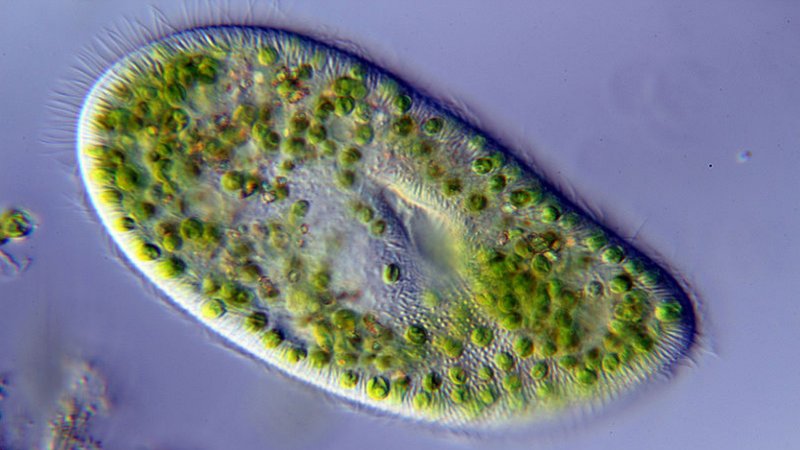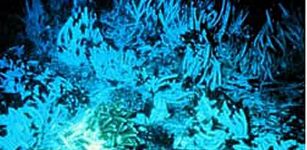Could Life Exist Deep Underground On Mars, Moon And Other Celestial Bodies In Universe?
Eddie Gonzales Jr. – MessageToEagle.com – Researchers may have figured out how to determine whether life is—or was—lurking deep beneath the surface of Mars, the Moon, and other rocky objects in the universe.
The absence of surface water doesn’t preclude the potential for life elsewhere on a rocky object, like deep in the subsurface biosphere.
Typically, the search focuses on water found on the surface and in the atmosphere of objects.
“We examined whether conditions amenable to life could exist deep underneath the surface of rocky objects like the Moon or Mars at some point in their histories and how scientists might go about searching for traces of past subsurface life on these objects,” said Dr Manasvi Lingam, assistant professor of astrobiology at Florida Institute of Technology, the study’s lead author said in a press release.
“We know that these searches will be technically challenging, but not impossible.”
“Surface water requires an atmosphere to maintain a finite pressure, without which liquid water cannot exist. However, when one moves to deeper regions, the upper layers exert pressure and thus permit the existence of liquid water in principle,” said Lingam. “For instance, Mars does not currently have any longstanding bodies of water on its surface, but it is known to have subsurface lakes.”
The research analyzes the “thickness” of the subsurface region.
“Both the Moon and Mars lack an atmosphere that would allow liquid water to exist on their surfaces, but the warmer and pressurized regions under the surface could allow the chemistry of life in liquid water,” according to Dr. Avi Loeb, Frank B. Baird Jr. Professor of Science at Harvard and CfA astronomer.
The research also arrived at a limit on the amount of biological material that might exist in deep subsurface environments, and the answer, although small, is surprising.
“We found that the biological material limit might be a few percent that of Earth’s subsurface biosphere, and a thousand times smaller than Earth’s global biomass,” said Loeb, adding that cryophiles—organisms that thrive in extremely cold environments—could not only potentially survive, but also multiply, on seemingly lifeless rocky bodies.
“Extremophilic organisms are capable of growth and reproduction at low subzero temperatures. They are found in places that are permanently cold on Earth, such as the polar regions and the deep sea, and might also exist on the Moon or Mars.”
In terms of searching for life subsurface on the Moon and Mars, the researchers note it won’t be easy, requiring search criteria and machinery not yet in use on either neighboring body.
“There are many criteria involved in determining the most optimal locations to hunt for signs of life,” said Lingam. “Some that we have taken into account for subsurface searches include drilling near to the equator where the subsurface biosphere is situated closer to the surface, and seeking geological hotspots with higher temperatures.”
Loeb added that in terms of machinery, “We need to be able to drill tens of kilometers under the surface of Mars, and without geological activity exposing these deep layers, we will not be able to explore them.”
The research is published in The Astrophysical Journal Letters.
Written by Eddie Gonzales Jr. – MessageToEagle.com Staff











